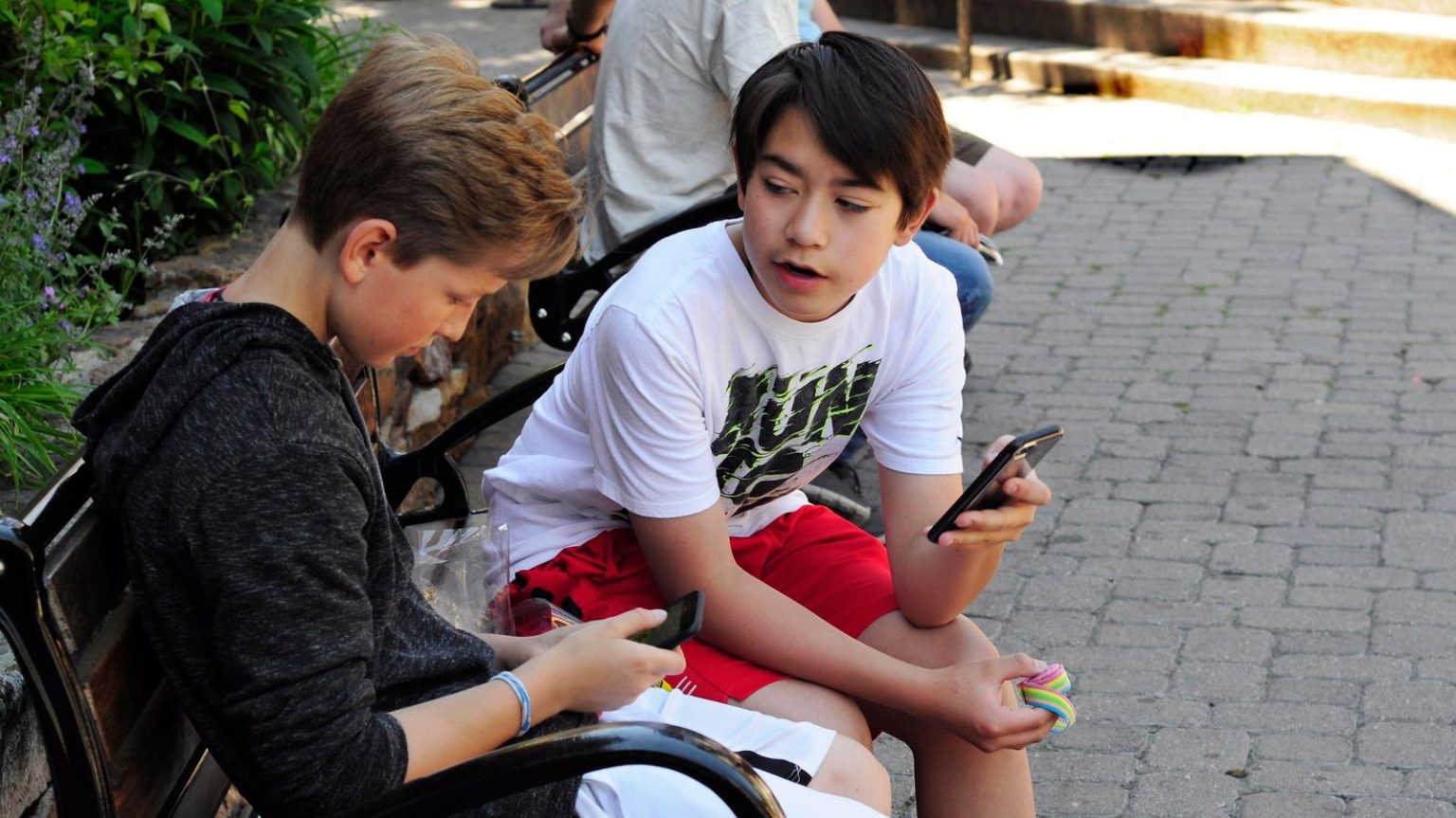A recent 2023 study conducted by UCLA’s Center for Scholars and Storytellers revealed that 51.5% of adolescents (ages 10 to 24) prefer more relatable onscreen content focusing on meaningful friendships and platonic relationships than those featuring sex and romance.
Dubbed “nomance,” this trend suggests teenagers favor more authentic storylines that resonate with their lived-in experiences, platonic relationships, and more pertinent, diverse relationships overall.
Teenagers are letting it be known what it is that they want, but interestingly, these findings challenge the perception that adolescents typically prefer onscreen, classic depictions of sex and romance.
More than half of the 1,500 interviewees believed romance in mainstream media is often overused and that they would opt for themes reflecting the full scope of human interactions as well as more depictions of aromantic or asexual characters (nearly 40%).
Moreover, as shown in the report, Gen Z’s screen tendencies may arise from a desire for approachable, feel-good character relationships, particularly following the isolation of the pandemic years. Young people might feel a lack of close camaraderie, a detachment from their community, and an overarching feeling that their digital citizen identity has displaced their sense of belonging in the natural, tangible world.
The Salience Of “Relatable”
Dr. Yalda T. Uhls, founder and director of the Center for Scholars and Storytellers and co-author of the study, underscored the significance of producing content that mirrors young people’s expansive, contrastive range of relationships and experiences.
“While it’s true that adolescents want less sex on TV and in movies, what the survey is really saying is that they want more and different kinds of relationships reflected in the media they watch,” Dr. Yalda shared.
Although sex and romance can provide a shortcut to character affinity, the entertainment industry could recognize that young adults strive for better, more diverse, and more empathetic narratives.
A Word On Loneliness
The study’s researchers pinpointed young people’s current and continued loneliness epidemic exacerbated by the COVID-19 pandemic. As a result, it comes as no surprise that young adults strive to connect and belong in the media they consume and engage with.
In addition to the preference for relatable content, the study indicated a shift in viewing habits among Gen Z—twice as many surveyed teenagers preferred binge-watching full seasons of shows over weekly episodes. This discovery implies that the format in which content is released can also affect young viewers’ engagement.
The UCLA study sheds light on the evolving assortment of qualities teenagers aim for in storytelling and media consumption at large. With a substantial majority wanting more relatable content on noteworthy friendships and platonic relationships, there is a palpable need for multifarious narratives that image their own experiences.
Therefore, focusing and catering to these preferences can give young spectators a greater sense of connection, support their sense of well-being, and offer a valuable avenue for relatability and emotional connection.
“Though the ubiquity of social media can have its downsides, it also offers a cornucopia of vibrant (but virtual) spaces that can motivate young people to learn new skills, explore new connections, live a better life, or engage in activism for a specific cause,” the study tells.
As the entertainment industry continues to develop, it is paramount to prioritize devising content that resonates with the younger generation’s desire for stories depicting the full range of the human experience. It can also be noteworthy to continue exploring what, how, and why teenagers’ values change in the present complexity of our modern world.
“A more intersectional approach to understanding adolescent desires from media should be considered. More in-depth questions about when adolescents choose social media over streaming content (or vice versa) could prove valuable comparative insights,” the authors concluded.
Read the full article here





